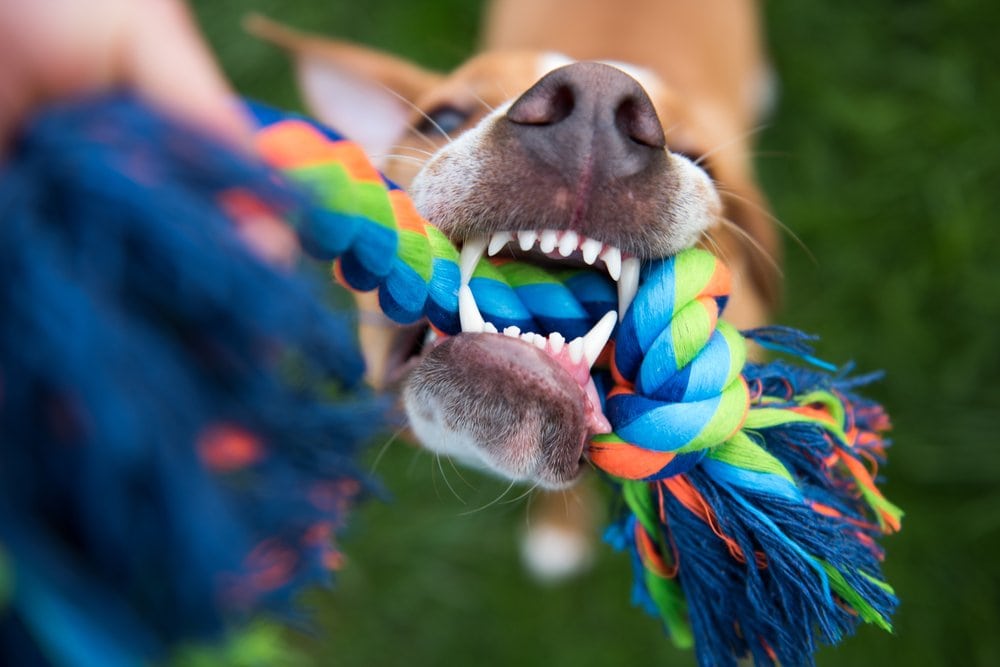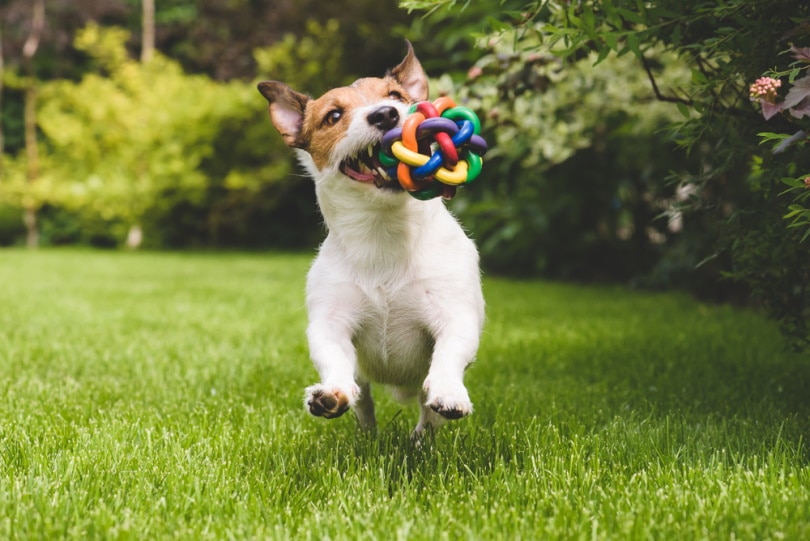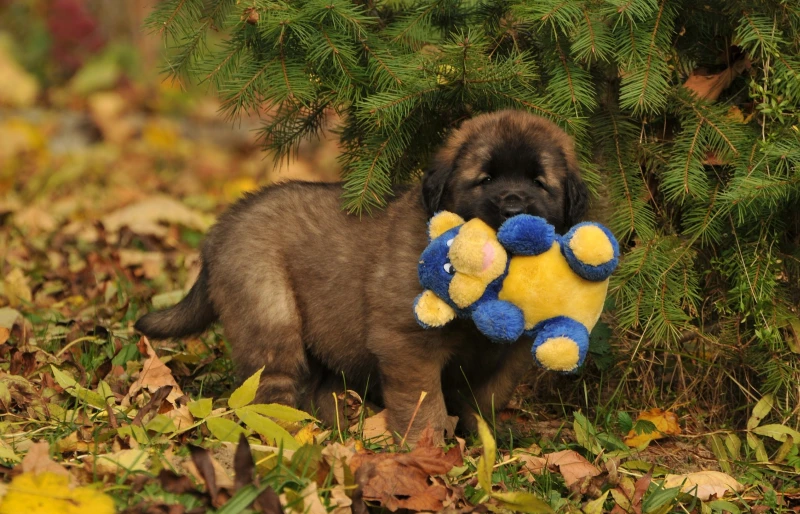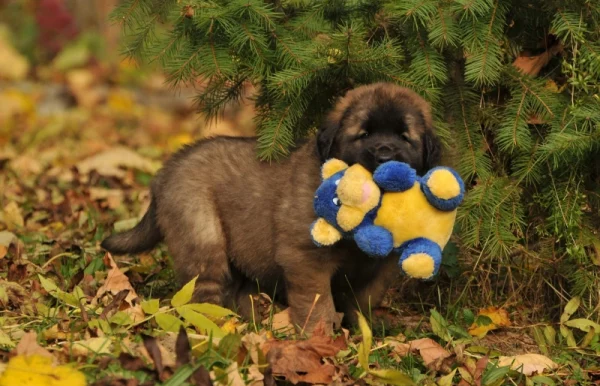All dog owners have experienced their dogs picking up their favorite squeaky toy, only to shake it violently from side to side! The behavior can be unnerving, to say the least, and although it’s common behavior for most dogs, it’s natural to wonder why your dog does this.
While your dog shaking their toys is normal and common behavior, it can turn into a compulsive habit, so it’s important to keep it in check. The first step is understanding what causes this behavior in the first place. Let’s get started!

Behavioral Instincts
Most experts agree that your dog’s habit of shaking their toys is a behavioral instinct that harkens back to their days as wolves. All dogs are descendants of wolves, and in the wild, this behavior is exactly the same as wolves killing their prey. One of the most effective and quick methods of killing small prey is to grab it by the back of the neck and shake it until it dies, most likely of a broken neck or spine.
Even though your pooch no longer hunts for their food or even eats live food, for that matter, they still have powerful hunting instincts that can come out when they are playing, including shaking their toy around as if it’s prey. Many adults will also teach their puppies this skill with toys.

Boredom
Dogs may also shake their toys due to boredom or frustration. If your dog is not getting enough exercise or interaction, they may turn to their toys as an outlet for their frustration. In these cases, the behavior usually doesn’t stop merely at shaking—it’s not uncommon to find the toy strewn across the lawn in unrecognizable pieces!
Typically, this is easy to fix, and your pooch may simply need more of an energy outlet. Regular play sessions, plenty of exercise, and loads of interactive play will help your pooch exercise their natural instincts rather than take it out on their toys!
Is This Behavior Problematic?
It’s certainly a funny sight to watch your pooch shaking their toy from side to side, and although the behavior is mostly harmless, it can become problematic too. If your dog is chewing toys obsessively, becomes highly possessive of their toys to the point of aggression, or transfers the shaking behavior to anything besides their toys, it’s time to take action.
This behavior may be transferred to other small pets or even children if left unchecked, so training is essential. You’ll need to begin by teaching your pooch that anything other than their designated toy is out of bounds, be it an old shoe or another dog’s toy. Anytime your pooch picks up anything other than their toy, give them a firm “no” command and replace the object with their designated toy.
This may take time, especially if your pooch refuses to drop the object, and the last thing that you want is to forcefully remove it from them. You’ll need to train them to drop objects—even their own toys—on command to avoid any issues in the future.

Does this behavior mean my dog is aggressive?
In general, no, as this behavior is common and seen in almost all dog breeds. There is no reason to worry, and your dog is simply having fun on their toy’s behalf! Of course, the behavior can become obsessive and compulsive, and at a certain point, you’ll need to intervene before aggression does become an issue, especially with larger, more powerful dogs.

Final Thoughts
It’s perfectly normal behavior for dogs to shake their toys into oblivion, and almost every dog owner will have experienced it at some point. Usually, there is nothing to worry about, but if your dog becomes overly possessive with their toy or transfers the habit onto other objects, you’ll need to quickly intervene.
- Next on your reading list: Why Do Dogs Like to Sleep Curled Up? Here’s the Answer!
Featured Image Credit: BoraAlma, Pixabay











